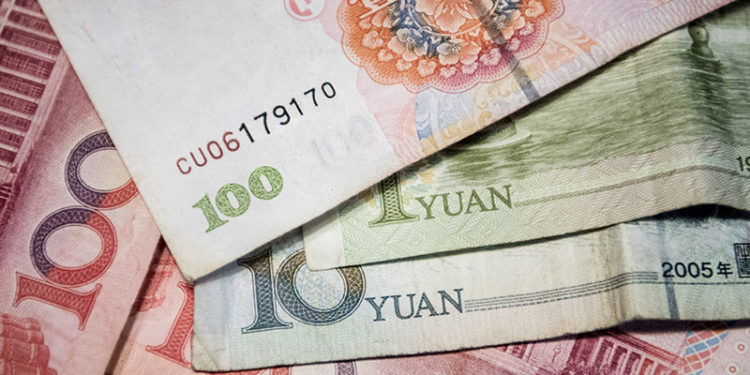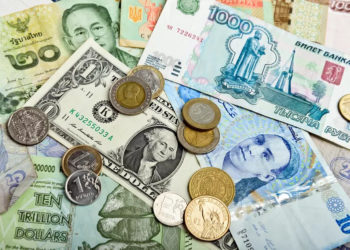The International Monetary Fund (IMF) has issued a caution to Kenya and Ethiopia following their recent moves to convert portions of Chinese loans from U.S. dollars to Chinese yuan. While both nations aim to lower borrowing costs and manage exposure to the dollar, the IMF warns that such actions may introduce new financial and currency risks if not managed prudently.
Kenya and Ethiopia’s shift toward yuan-denominated debt
Kenya recently completed the conversion of a significant portion of its loan for the Standard Gauge Railway project—originally borrowed in U.S. dollars—into yuan. The government projects annual savings of about $215 million, citing lower interest rates and alignment with the country’s growing trade relationship with China.
Ethiopia is pursuing a similar approach, seeking to convert roughly $5.3 billion of its Chinese debt into yuan. This move is intended to ease debt repayment pressures and strengthen its economic ties with Beijing, especially as Ethiopia continues to restructure its external obligations.
Why the IMF is concerned
According to the IMF, currency conversions of this scale must be accompanied by strong reserve management and transparent debt frameworks. The Fund highlighted four main areas of concern:
-
Currency exposure: While shifting from dollars to yuan may reduce costs initially, it exposes countries to exchange rate fluctuations between their local currencies and the yuan.
-
Reserve adequacy: Holding fewer reserves in yuan compared to dollars could complicate foreign exchange operations and limit policy flexibility.
-
Hidden costs: Lower interest rates may come with longer maturities or tighter financial ties with China, potentially creating dependency risks.
-
Debt sustainability: For countries already facing debt distress—like Ethiopia—such swaps must be coordinated with other creditors to avoid complications in future restructuring efforts.
A balanced outlook
Despite the warnings, the IMF acknowledges that yuan debt swaps can be beneficial if integrated into a broader, well-structured debt management strategy. For Kenya, reduced borrowing costs could free up funds for infrastructure and development. For Ethiopia, the move could provide breathing room amid ongoing financial reforms.
However, both countries must maintain adequate foreign exchange reserves, conduct risk analyses, and ensure transparency to prevent future vulnerabilities. Experts suggest that if domestic currencies weaken or the yuan strengthens, the debt burden could increase—erasing the short-term gains.
TSC agrees to join teachers on SHA scheme after standoff with unions
















